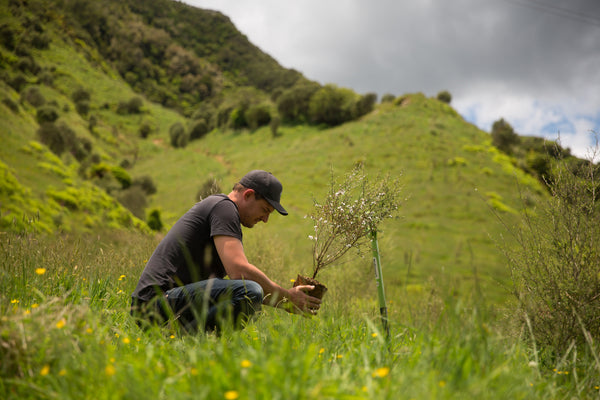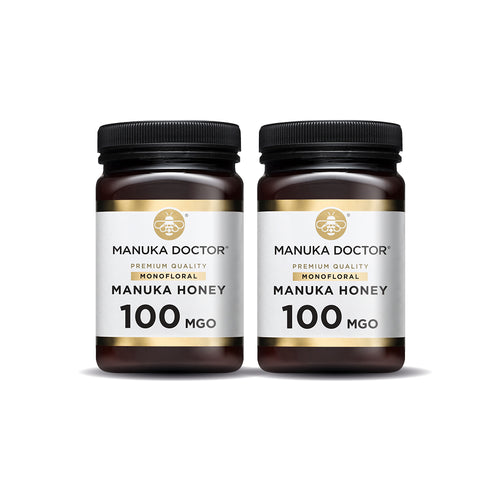Mānuka’s history as a medicinal plant
Parts of the Mānuka bush have been used for centuries by New Zealand’s native Maoris as a herbal medicine1. And while honey has been used widely since ancient times to help wounds heal2, it was not until European settlers introduced the European honey bee in the first half of the 19th century that both Maori and settlers started using the honey for health reasons.
For years, the thick honey from the Mānuka bush was not particularly prized and it was even used to feed farmer’s animals before its unique healing properties were identified in the 1980s. Over the past few decades, scientists have been working to figure out exactly what makes Manuka Honey different and special.

A powerful plant
Leptospermum scoparium, to give the Mānuka bush its full name, is an evergreen tree found in remote regions of New Zealand. Mānuka will generally grow up to five metres in height, although trees have been seen to grow up to fifteen metres tall. It features thick branching with small leaves and white flowers that give a sweet scent that the bees absolutely love.
Loved by our honey bees
One bee hive needs at least four acres of flowering plants to feed on, so our hives are carefully spaced across hundreds of thousands of acres of rugged New Zealand countryside.

Mānuka bushes only flower for six to 12 weeks every summer but exactly when depends on a lot of variables, including the weather and where in New Zealand they are growing. Coming into the summer flowering season, our team of bee keepers work seven days a week to make sure all the beekeepers and equipment are in the right place at the right time, as well as checking every hive is functioning at full strength before the Mānuka bushes bloom in each area.
Manuka Doctor’s planting and sustainability programme
As a New Zealand based company we have committed to plant at least 360,000 Mānuka seedlings in 2019, creating one of the biggest privately-owned Mānuka sites in New Zealand.

To do this we have purchased an additional 2,350 hectares in a remote region of native bushland near the Taupo area, increasing our total owned land in the country to over 11,000 hectares.
We planted a small trial of Mānuka seedings on the same site last year which saw six Mānuka cultivars cultivated and assessed. Our planting teams tell us the soil and location are perfect for growing Mānuka, and we expect the first harvest from this new site within 5 years.
Some of the site is so remote that we will need to position our hives using a helicopter, allowing our bees to work on the Mānuka bushes that will cover the area.

This initiative not only allows us to protect one of the most natural areas in the country but helps keep it sustainable for years to come and create local jobs.







